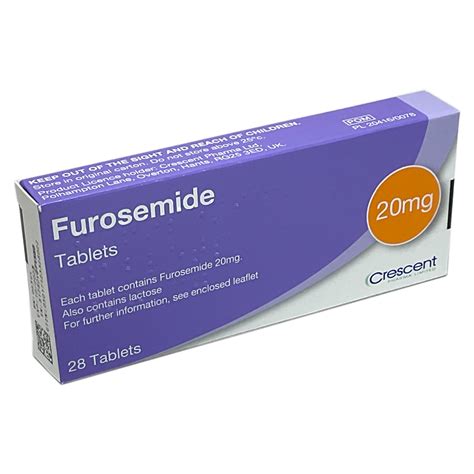The unprecedented COVID-19 pandemic, caused by the SARS-CoV-2 virus, has presented the world with a myriad of challenges, from public health crises to profound economic impacts. One of the key factors in managing and mitigating the spread of the virus is recognizing its symptoms. Early identification of COVID-19 symptoms allows for timely medical intervention, which is crucial for preventing severe illness and reducing the risk of transmission to others. The symptoms of COVID-19 have evolved over time due to the emergence of new variants, making it essential to stay updated on the latest signs of infection.
Understanding the Evolution of COVID-19 Symptoms
The initial outbreak of COVID-19 highlighted symptoms such as high fever, persistent cough, and shortness of breath as primary indicators of infection. However, as the virus has mutated and new variants have emerged, the symptomatology has also expanded. For instance, the Omicron variant, which became predominant in many parts of the world, is often associated with milder symptoms that can resemble those of the common cold or flu, such as runny nose, sore throat, and fatigue. This evolution underscores the importance of regular health monitoring and adherence to public health guidelines.
Common Symptoms of COVID-19
Despite the variations in symptoms due to different strains of the virus, certain signs have been consistently reported across the majority of COVID-19 cases. These include:
- Fever: One of the earliest and most common symptoms, fever can range from mild to severe.
- Cough: Often dry and persistent, coughing can be a significant symptom, although its presence and severity can vary with different variants.
- Fatigue: Feeling extremely tired or weak is a prevalent symptom that can impact daily activities.
- Shortness of Breath or Difficulty Breathing: For some individuals, especially those with pre-existing respiratory conditions, COVID-19 can lead to severe respiratory distress.
- Headache: Many people experience headaches, which can range from mild to severe.
- Sore Throat: This symptom, often compared to a common cold or flu, has become more prevalent with newer variants.
- Runny Nose or Stuffy Nose: Symptoms traditionally associated with the common cold are now recognized as possible indicators of COVID-19 infection.
- Body Aches or Muscle Pains: Feeling pain or discomfort in the muscles or body can be a symptom.
- Diarrhea: Gastrointestinal symptoms, including diarrhea, have been reported in some cases.
- Nausea or Vomiting: These symptoms, while less common, can occur, especially in severe cases or among certain populations.
- Skin Rashes: Some individuals may develop skin rashes or lesions.
Less Common Symptoms
While not as prevalent, several less common symptoms have been identified in COVID-19 patients. These can include:
- Loss of Appetite: A decrease in appetite can be associated with the infection.
- Confusion or Disorientation: Especially in older adults, COVID-19 can lead to confusion or disorientation, often due to the severity of the infection or underlying health conditions.
- Loss of Smell or Taste: Anosmia, or the loss of smell, and ageusia, the loss of taste, have been widely reported, although their prevalence may vary with different variants.
Severe Symptoms
It’s crucial to recognize when symptoms may indicate a severe infection requiring immediate medical attention. These include:
- Difficulty Breathing: Severe shortness of breath or difficulty breathing.
- Chest Pain or Pressure: Persistent pain or pressure in the chest.
- Severe Headache: A sudden and severe headache.
- Confusion: Disorientation or confusion.
- Pale, Bluish-Discolored Skin: Signs of poor oxygenation.
When to Seek Medical Attention
Given the potential for severe outcomes, especially among vulnerable populations such as the elderly and those with underlying health conditions, it’s essential to seek medical attention if you or someone you know is experiencing any of the severe symptoms mentioned above or if mild symptoms worsen over time.
Prevention and Management
Preventing the spread of COVID-19 involves a combination of public health measures and personal practices. Key prevention strategies include:
- Vaccination: Getting vaccinated against COVID-19 is the most effective way to prevent severe illness and reduce the risk of transmission.
- Mask-Wearing: Wearing masks, especially in crowded areas or when around vulnerable individuals, can significantly reduce transmission.
- Social Distancing: Maintaining physical distance from others, particularly in settings where transmission risk is high.
- Hygiene Practices: Regular handwashing with soap and water, or the use of alcohol-based hand sanitizers when soap and water are not available, is crucial.
- Stay Informed: Following updates from local health authorities and adhering to their guidelines is essential for managing the pandemic.
Conclusion
The recognition of COVID-19 symptoms is a dynamic process, evolving with our understanding of the virus and its variants. By staying informed about the latest signs of infection and adhering to preventive measures, individuals can play a critical role in controlling the pandemic. It’s also essential to seek medical care if symptoms appear or worsen, ensuring timely intervention and reducing the risk of complications.
FAQ Section
What are the most common symptoms of COVID-19?
+The most common symptoms include fever, cough, fatigue, and shortness of breath, although symptoms can vary with different variants of the virus.
How does COVID-19 affect different age groups?
+While COVID-19 can affect anyone, older adults and those with underlying medical conditions are at increased risk of severe illness. Children and younger adults might experience milder symptoms, although they can still transmit the virus.
What should I do if I suspect I have COVID-19?
+If you suspect you have COVID-19, isolate yourself from others, wear a mask if you must be around people, and seek medical care. Contacting your healthcare provider or a local health hotline for guidance is also advisable.


